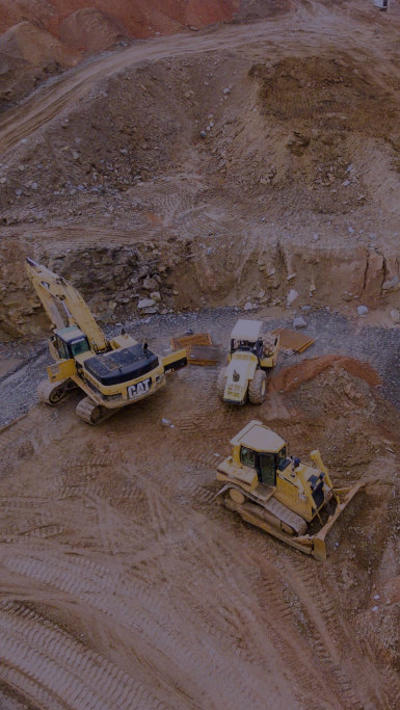Speak to our experts
Contents
As applications under the Marine and Coastal Area (Takutai Moana) Act 2011 (MACA) fetch up in court, case law develops which will inform future cases. The third, and latest, application to be heard was by the whānau Clarkson for customary marine title (CMT) over an area in the lower east coast of the North Island, in the vicinity of Pōrangahau (Clarkson Application).
The context
Most relevantly, to gain CMT, the MACA provides that applicants must be able to demonstrate that they held the claimed area in accordance with tikanga, and that they have had exclusive use and occupation in relation to the specified area from 1840 without substantial interruption.1
The Clarkson Application was opposed by a number of overlapping applicants, all of whom represented various hapū and iwi of the relevant rohe. Among them was hapū of Ngāti Kere who argued that their concurrent application for CMT, which took in all of the area within the Clarkson Application, should prevail as it was the hapū, not the whānau on its own, who “held” the land in accordance with tikanga.
While Mallon J recorded the tikanga evidence of all parties in much detail, she made no findings as to which party holds the land in accordance with tikanga. Rather, the focus was on whether the whānau Clarkson could be said to have held the land exclusively under tikanga. In rejecting the Clarkson Application, Mallon J asserted the following:
In my view the answer is that the applicant group does not hold the application area in accordance with tikanga. If any applicant group does hold the application area in accordance with tikanga, it is a wider group (encompassing the applicant group) that does so.
The Court’s key findings in rejecting the Clarkson Application were that:
- they could not evidence the mandate they claimed, and that indeed some whānau members preferred the Ngāti Kere claim2
- the scope of their application was disproportionate, extending well beyond the area which abuts their land block3, and
- the ownership of the abutting land, while relevant to a CMT claim, will not guarantee its success as the ultimate question is connection with the takutai moana.
However, Mallon J was careful to record that in some instances an individual or small group might well succeed in a CMT claim, just not in this particular case.4
The Judge invited the claimants to amend their claim to seek protected customary rights (PCR) in respect of karengo gathering or to absorb their CMT claim into that of Ngāti Kere, no doubt due to the fact the door to MACA applications has closed. But the whānau Clarkson refused both offers.
We also note that Mallon J acknowledged the notion of “shared exclusivity” put forward in Re Edwards. This was a workaround Churchman J developed to allow multiple groups to jointly hold CMT in the same area, provided there is a mutual acknowledgement of shared rights and interests as between those groups.5
This can work only where the parties are willing to compromise – and the applicants were not.
Key takeaways
The tone has been set for claims for CMT by smaller groups, such as whānau. Though possible, it seems they may face a higher bar and will require a robust mandate backed by clear evidence. Where this may be in doubt, such claimants might consider subsuming their claim into a hapū or iwi claim, or going for PCR rather than CMT, as PCR need not be held exclusively.
The clarification that land ownership is not determinative of CMT is also important. To find otherwise would supersede the centrality of tikanga in assessing CMT, and disregard the pervasive reality that is Māori land loss across whānau, hapū, and iwi.
1 Section 58 of the Act.
2 At [178].
3 At [201].
4 At [228].
5 Re Edwards (Te Whakatōhea (No.2)) [2021] NZHC 1025 at [200], [204] & [227].






























































































